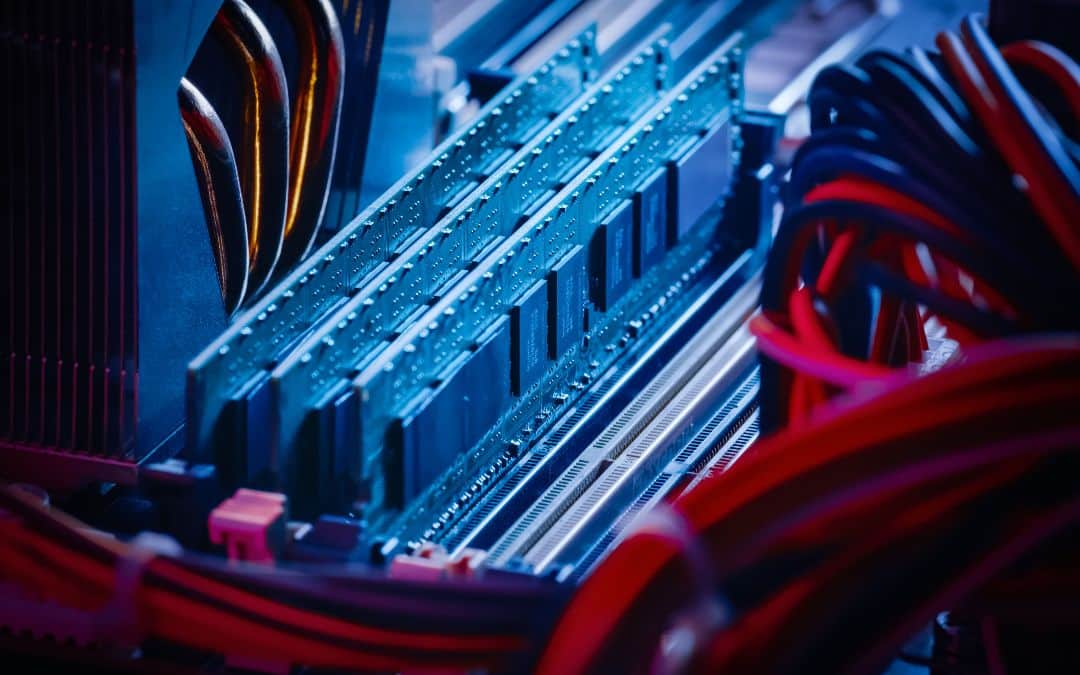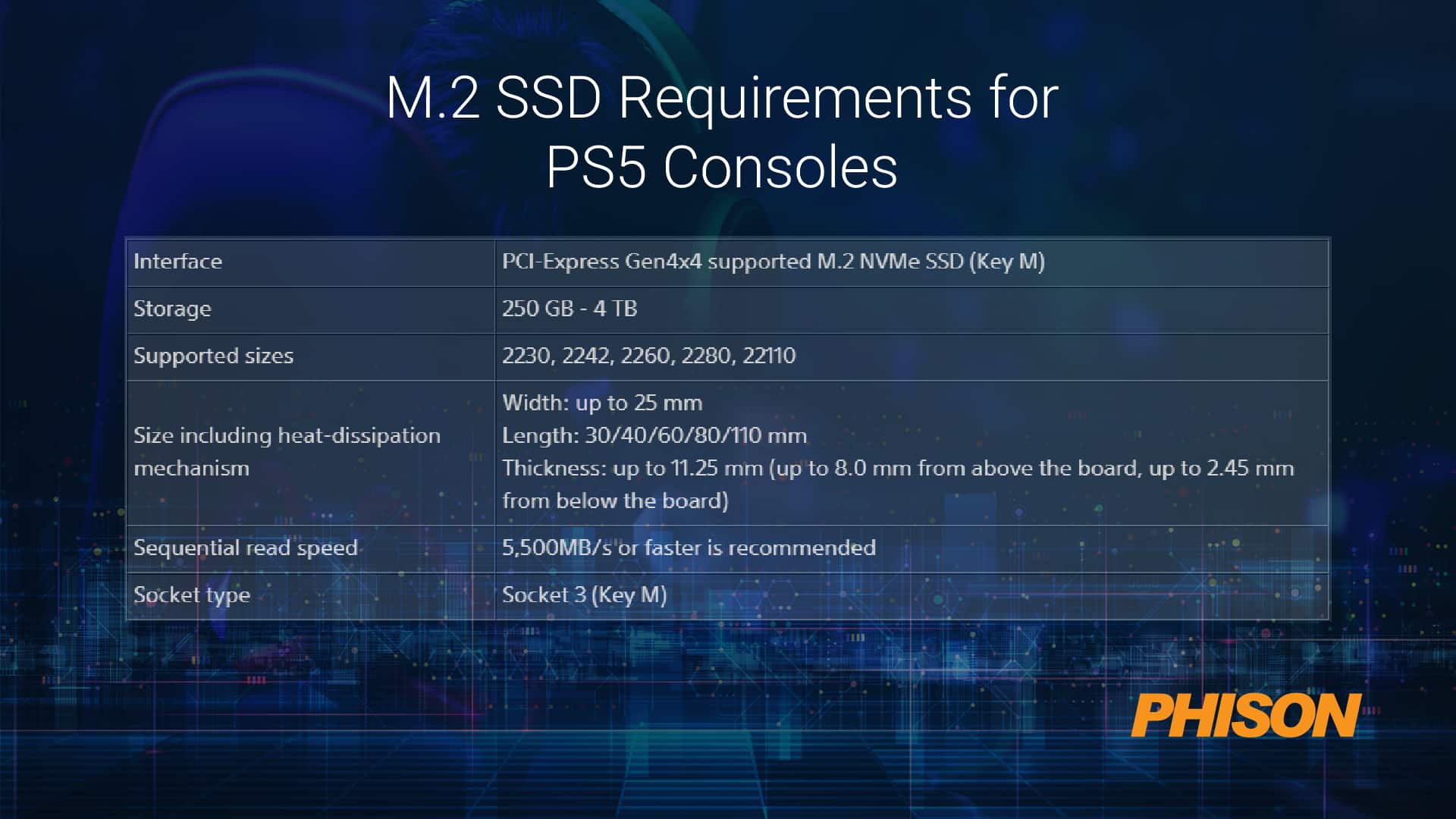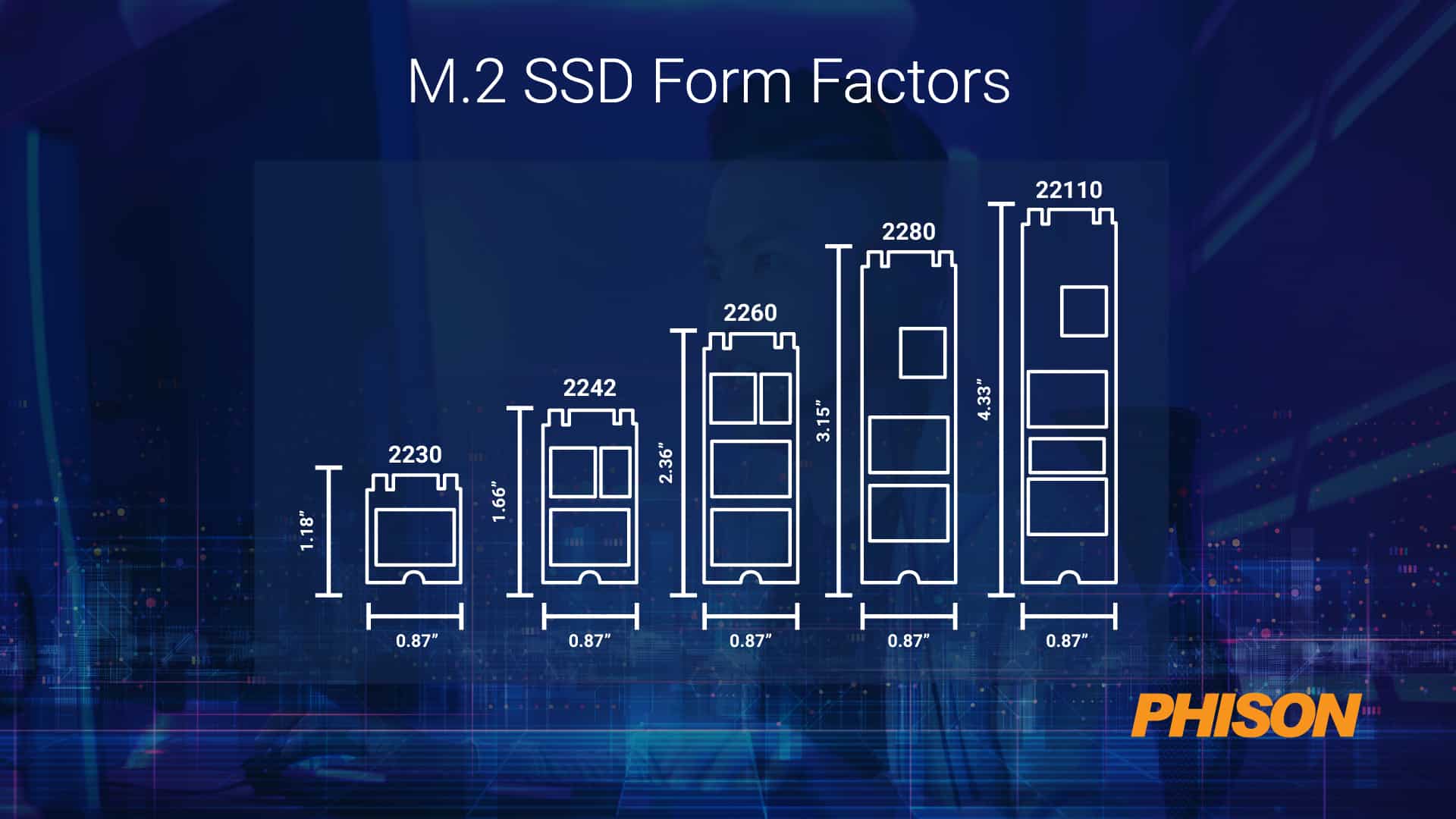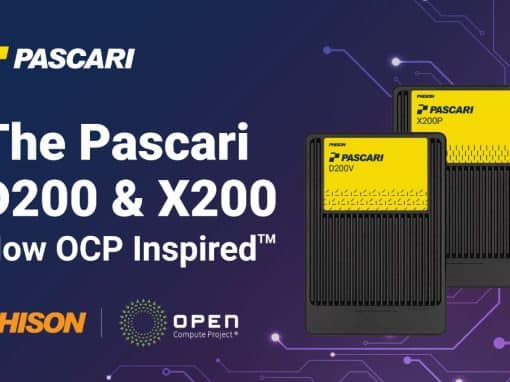Getting enough storage space for your media and applications is always a struggle, be it on a PC, mobile phone, TV or a gaming console. Technology evolution is no different in the gaming space – every latest version of AAA games features increasingly complex gameplay and graphics. This warrants not only more powerful processors and memory to run, but also increased storage space.
Today, an average AAA game with high-res textures and mods can take up 90 to 120 GB of space. In fact, contemporary games such as Call of Duty: Modern Warfare, Red Dead Redemption 2 and Final Fantasy XV are all in the 150 GB+ range. Then there is downloadable content (better known as DLC), which allows you to get extras for your favorite games. Throw in a few updates and patches, and you rapidly fill up your Playstation 5 or Xbox Series X, which have about 600 to 800 GB of effective internal storage.
While it’s important to find a storage solution that has the capacity to install and save all your game data, you can’t ignore performance. You need a fast storage option that loads the latest, beefiest games quickly into memory. If your console’s storage isn’t up to scratch, it can make seconds seem like hours – defeating the very purpose of a new console!
So without further ado, here are the various options for storage systems that can work like a charm with PS5, Xbox Series X|S and Nintendo Switch.
Internal SSDs
An internal SSD is one of the fastest solutions to high-performance gaming storage needs. It is best poised to match the bus speed of the processor and memory in your console to improve responsiveness and keep the game flow moving without any glitches or pauses.
In September 2021, Sony gave PS5 users the ability to upgrade the storage capacity of the console to up to 4 TB by installing a compatible M.2 SSD. However, you need to meet Sony’s minimum performance and size requirements for the additional drive. This includes a PCIe Gen 4.0-supported NVMe interface and a minimum sequential read speed of 5.5 MB/s.
Source: https://www.playstation.com
You also have the ability to download games directly to the M.2 SSD as well as move games from your SSD to the default storage and vice versa.
External/Portable drives and USB flash drives
Unlike the PS5, Xbox doesn’t require the user to open the console to add another SSD. The Xbox recommends adding storage capacity to the X|S systems with a Seagate Storage Expansion Card, which is an external M.2 in a CFX format. It comes in 512 GB, 1 TB and 2 TB options This card plugs directly into the rear of the X|S consoles and uses a PCIe Gen4x2 NVMe interface to replicate the performance of the internal SSD.
There are some great external SSDs in the market – with capacities of 512 GB, 1 TB, 2 TB and 4 TB – that are optimized for the PS5 or Xbox (sadly you can’t use the same external drive for both consoles). If you have a large gaming library and tend to play a lot of games concurrently (as opposed to focusing on mastering one game at a time), getting an external SSD is a no-brainer for you.
USB flash drives are great for quickly transporting a game or two. Both the Xbox Series X|S and PS5 consoles have multiple USB ports. The Xbox Series X|S has both Type C and Type A USB 3.1 ports while the PS5 has only Type A ports.
While the current generation consoles don’t allow you to play games directly from the storage connected over the USB interface (like you can on the PS4 or Xbox 360), you can use it to store saved games or games you’re not playing at the moment and simply load them into the internal drive when you want to play them.
Consoles that support backward compatibility do allow gameplay from an external SSD for previous generation titles, as they were optimized for the low HDD bandwidth.
microSD cards
Just beyond the behemoths – PlayStation and Xbox – lies the erstwhile market leader Nintendo. The Switch is the latest in a long line of gaming devices made by Nintendo but its internal storage is capped at a measly 32 GB. While Switch only takes microSD cards for external storage, it’s a great relief that the upper limit for microSD capacity here is 2 TB – all your games and saved files will probably fit into a single card.
What to look for in a gaming storage device
Measuring the performance of gaming console storage is not rocket science – the load and save times will tell you quite a lot just by observing closely. Choosing the right storage device for your gaming needs is, however, another ball game altogether.
The most common and obvious benchmark is read/write speed – the time taken to retrieve and save data to the storage device. Read/write speed is measured in three different ways, with different metrics:
-
-
- Sequential read/write speed: This is the most commonly used performance metric. It represents a use case where large files are accessed, as in the case of a game’s installation files. The unit of measurement is megabytes per second (MB/s).
- Random read/write speed: This metric measures the time taken to read from and write to blocks in random locations across the drive. Saved game data and game graphic textures are usually found in small files that are accessed as needed based on user actions. The unit of random read/write speed is input/output operations per second (IOPS).
- Synthetic benchmarks: Buyers need to be wary of synthetic benchmarks that are used by manufacturers to showcase their drive’s specific abilities. These are typically lab results designed to replicate real-world scenarios and are acceptable if the test scenario is fully described.
-
Then there is the NVMe protocol that facilitates a direct connection from the storage drive to the motherboard’s PCIe lanes. As a result, these drives have higher throughput rates and lower latency in gameplay. PCIe Gen4 drives with NVMe enable data transfer rates up to 7 GB/s – significantly faster than the older SATA III standards which is limited to 550 MB/s.
Finally, the “form factor” indicates how the storage drives physically connect to the motherboard. For instance, the M.2 SSDs that the PS5 accepts are thin rectangular strips that look like sticks of gum. They plug into an M.2 slot on the motherboard and use the NVMe transfer protocol.
Source: https://linustechtips.com
Phison drives the gaming industry forward
Phison has always focused on developing industry-leading storage hardware and firmware for the gaming market – including SSDs, USB flash drives and microSD cards. Phison’s SSD solutions are customized and optimized to cope with the intense graphics rendering workloads that modern games demand.
What’s more, Phison launched the first-ever consumer-grade PCIe Gen4x4 NVMe SSD controller in 2019. But it didn’t stop there. In 2021, the company’s PS5018-E18 PCIe 4.0 controller set a world record by breaking the 7 GB/s barrier for both read and write access. It is still the fastest consumer SSD available today.
Phison is once again leading the way and breaking new barriers in 2022 with the addition of PCIe Gen5 NVMe PS5026-E26, which doubles the performance of previous PCIe Gen4.
Further, Phison has a range of USB drives with capacities of 256 GB to 1 TB that use the Type A connector common to both the Xbox Series X|S and PS5. They are built on the latest USB 3.2 interface but are backward-compatible with both consoles.
Phison also makes lightning-fast 3D TLC NAND flash-based microSD cards with a capacity range of up to 1 TB, which should be more than enough for a large collection of Nintendo Switch games.
With a range of products and critical components in every storage solution, Phison continues to help storage device manufacturers push gaming experiences beyond known boundaries for occasional as well as hard-core gamers.














